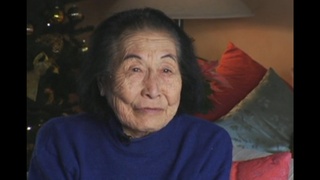Interviews
Taiko as self-expression
January 1974 is when I decided to be a part of it (San Jose Taiko). And it was elation because this was the first time, from my whole Asian American awareness identity experience, that I’m getting involved in a different way. Self expression, creative mode—that was so uplifting because everything was, like I said, rhetoric and very serious and organizing. But to be able to find something that I can find creative expression was just so great. And to see the creativity of people coming together and going “Yeah! Yeah!”—the freedom—was something that I really enjoyed. I felt also that there was this sense of community, camaraderie. And again, I found within this group this very lateral way of connecting and interacting with each other. So this hierarchical power structure did not exist.
Date: January 26, 2005
Location: California, US
Interviewer: Art Hansen, Sojin Kim
Contributed by: Watase Media Arts Center, Japanese American National Museum







